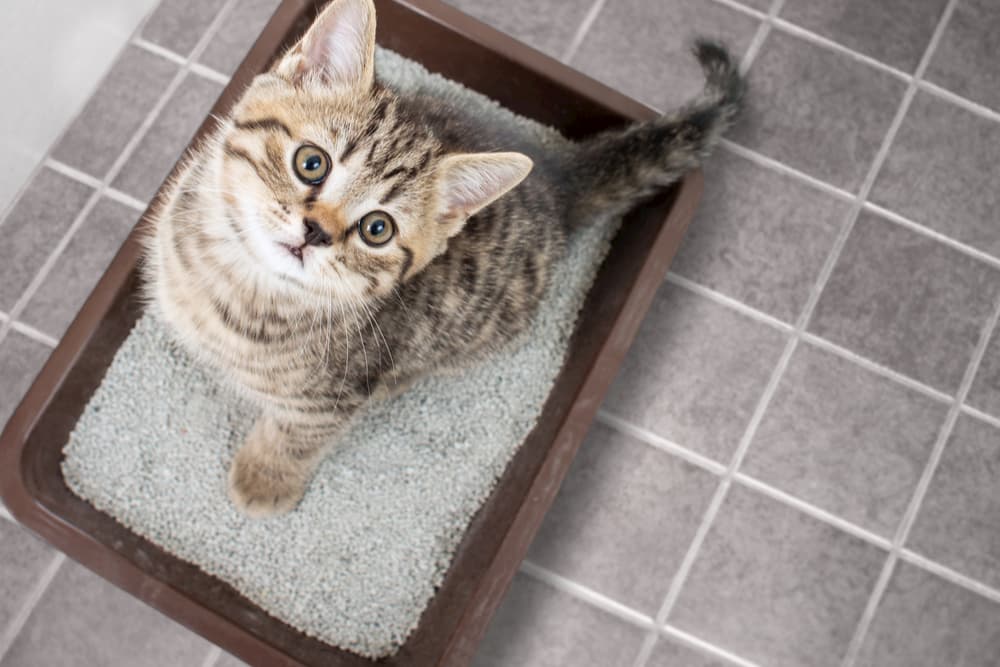Why Flushing Cat Poop Down Your Toilet Isn't a Good Idea - Advice for Safer Disposal
This PageJust about everyone seems to have his or her own conception on the subject of Don’t flush cat feces down the toilet.

Introduction
As cat owners, it's important to be mindful of just how we take care of our feline buddies' waste. While it may appear hassle-free to flush feline poop down the toilet, this technique can have harmful repercussions for both the atmosphere and human health and wellness.
Alternatives to Flushing
Fortunately, there are more secure and extra accountable means to throw away feline poop. Take into consideration the complying with choices:
1. Scoop and Dispose in Trash
The most typical approach of throwing away cat poop is to scoop it right into a biodegradable bag and throw it in the garbage. Be sure to use a dedicated litter inside story and dispose of the waste quickly.
2. Usage Biodegradable Litter
Select biodegradable feline trash made from products such as corn or wheat. These trashes are environmentally friendly and can be securely taken care of in the trash.
3. Bury in the Yard
If you have a yard, consider burying feline waste in a marked location away from vegetable gardens and water resources. Make sure to dig deep adequate to stop contamination of groundwater.
4. Install a Pet Waste Disposal System
Invest in a family pet waste disposal system specifically designed for pet cat waste. These systems use enzymes to break down the waste, minimizing smell and ecological effect.
Health Risks
Along with environmental concerns, flushing cat waste can likewise posture wellness dangers to people. Cat feces might have Toxoplasma gondii, a parasite that can cause toxoplasmosis-- a possibly severe illness, particularly for expectant ladies and individuals with damaged body immune systems.
Ecological Impact
Purging pet cat poop introduces unsafe virus and parasites right into the supply of water, posing a substantial risk to aquatic ecological communities. These contaminants can adversely affect aquatic life and concession water high quality.
Conclusion
Liable animal ownership extends beyond offering food and shelter-- it additionally includes appropriate waste administration. By refraining from flushing pet cat poop down the commode and going with alternative disposal approaches, we can reduce our environmental footprint and protect human health and wellness.
Why Can’t I Flush Cat Poop?
It Spreads a Parasite
Cats are frequently infected with a parasite called toxoplasma gondii. The parasite causes an infection called toxoplasmosis. It is usually harmless to cats. The parasite only uses cat poop as a host for its eggs. Otherwise, the cat’s immune system usually keeps the infection at low enough levels to maintain its own health. But it does not stop the develop of eggs. These eggs are tiny and surprisingly tough. They may survive for a year before they begin to grow. But that’s the problem.
Our wastewater system is not designed to deal with toxoplasmosis eggs. Instead, most eggs will flush from your toilet into sewers and wastewater management plants. After the sewage is treated for many other harmful things in it, it is typically released into local rivers, lakes, or oceans. Here, the toxoplasmosis eggs can find new hosts, including starfish, crabs, otters, and many other wildlife. For many, this is a significant risk to their health. Toxoplasmosis can also end up infecting water sources that are important for agriculture, which means our deer, pigs, and sheep can get infected too.
Is There Risk to Humans?
There can be a risk to human life from flushing cat poop down the toilet. If you do so, the parasites from your cat’s poop can end up in shellfish, game animals, or livestock. If this meat is then served raw or undercooked, the people who eat it can get sick.
In fact, according to the CDC, 40 million people in the United States are infected with toxoplasma gondii. They get it from exposure to infected seafood, or from some kind of cat poop contamination, like drinking from a stream that is contaminated or touching anything that has come into contact with cat poop. That includes just cleaning a cat litter box.
Most people who get infected with these parasites will not develop any symptoms. However, for pregnant women or for those with compromised immune systems, the parasite can cause severe health problems.
How to Handle Cat Poop
The best way to handle cat poop is actually to clean the box more often. The eggs that the parasite sheds will not become active until one to five days after the cat poops. That means that if you clean daily, you’re much less likely to come into direct contact with infectious eggs.
That said, always dispose of cat poop in the garbage and not down the toilet. Wash your hands before and after you clean the litter box, and bring the bag of poop right outside to your garbage bins.
https://trenchlesssolutionsusa.com/why-cant-i-flush-cat-poop/

I'm very enthusiastic about How to Dispose of Cat Poop and Litter Without Plastic Bags and I really hope you enjoyed the blog posting. Kindly set aside a second to distribute this write-up if you enjoyed reading it. I cherish reading our article about Can You Flush Cat Poop Down The Toilet?.
Call Today